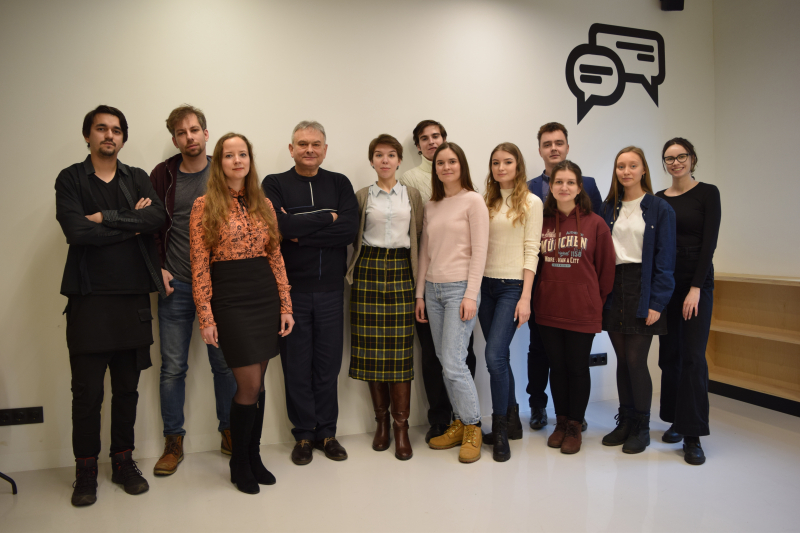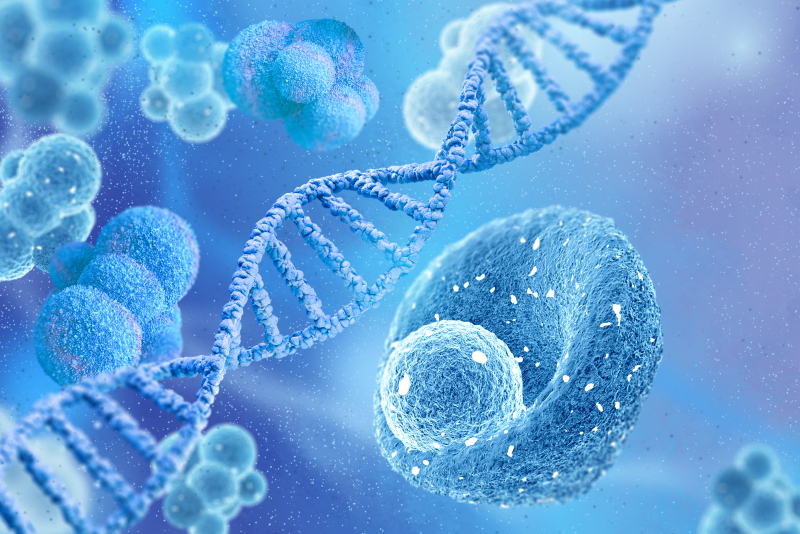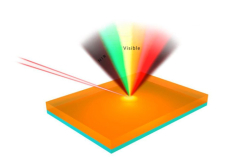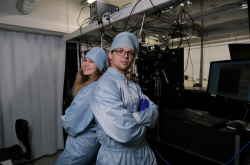“MicroRNAs are proving to be fundamentally important for how organisms develop and function,” states the Nobel Committee’s official website.
This year’s laureates started their paths in the 1980s – back then, both of them were postdocs at the lab of H. Robert Horvitz (laureate of the 2002 Nobel Prize in Medicine or Physiology for the study of programmed cell death – Ed.). The young researchers were studying the C. elegans nematodes, whose tissues are nearly identical to those of mammals and thus are a perfect model for studying multicellular organism development. In particular, Ambros and Ruvkun focused on mutant C. elegans species with suppressed expression of the lin-14 gene. Their ambition was to discover how exactly the genes that turn stem cells into tissue cells are “turned off” – thanks to this process, one fertilized cell turns into a functional multicellular organism.
Having completed their postdoc training, the researchers continued their studies of the lin-14 gene and both, though separately, discovered that it’s regulated by short RNA sequences. Genes express their activity through another type of RNA, mRNA; after their synthesis on a DNA matrix, they leave the cell nucleus and turn into matrices for the synthesis of proteins participating in nearly all processes in an organism. This way, the information coded into DNA acquires its physical form. In the end of the 20th century, it was believed that genes can be regulated only during their transcription (while mRNA is synthesized). However, it turned out that genes can be suppressed even after that.

Victor Ambros and Gary Ruvkun. Image by Niklas Elmehed / Nobel Prize Outreach / www.nobelprize.org
In particular, microRNA can bind to mRNA (which is known as RNA interference – Ed.), preventing the proteins they encode from synthesizing. Notably, both micro- and mRNA are encoded by DNA and synthesized during transcription.
After their separate discoveries, Ambros and Ruvkun continued their research together. In 1993, they published articles in the same issue of Cell, but they were ignored by the scientific community. Everything changed when the team discovered that microRNA contributes to gene regulation not only in worms, but in mammals, too. To this day, out of the over 2,000 unveiled microRNA types, half are present in human bodies.
“For a long time, the discovery of Ambros and Ruvkun was cast aside. MicroRNA were believed to be characteristic of particular organisms. They were even referred to as “smaller molecules,” because they are only 18-25 nucleotides long, while mRNA can reach thousands of nucleotides. However, more and more microRNA types were discovered as technologies advanced. It became clear that it’s a separate class of non-coding molecules that are at the same time universal for all mammals,” says Oleg Kuchur, a PhD in biology, an assistant at ITMO’s ChemBio Cluster and researcher at the Institute of Bioorganic Chemistry of the RAS.
According to the researcher, a Nobel Prize for the microRNA discovery was to be expected. In 2006, the Nobel Prize was awarded to the American researchers Andrew Fire and Craig Mello, who were the first to describe RNA interference – the silencing of double-stranded RNA in living cells.
MicroRNA drew the limelight in the scientific community not only thanks to their role in gene regulation, but for the practical applications found in big tech and medicine. It’s proven that malfunctioning microRNA causes serious conditions, including cancer, Duchenne muscular dystrophy, hemophilia A, polycystic kidney disease, and others. That’s why the presence of these molecules can serve as a diagnostic tool.
Read also:
ITMO’s New Compound Disables Disease-Producing Genes 17 Times Faster Than Counterparts

Oleg Kuchur (far left) with his lab's team at ITMO. Photo courtesy of the subject
Importantly, knowing the nature of mechanisms connected to microRNA, it’s possible to not only diagnose but also treat diseases. For instance, some gene therapy treatments that “turn off” unwanted genes through RNA interference are already undergoing clinical trials. Among them are treatments for non-small-cell lung cancer, lymphoma, leukosis, and Alzheimer’s disease.
“MicroRNAs are divided into two groups: circulating and intracellular. The former are found in biological fluids and can serve as biomarkers in the diagnosis of cancer, cardiovascular diseases, and immune system disorders. For example, during intense division of tumor cells, intracellular microRNAs are produced in large quantities. When cell integrity is compromised, these molecules enter the surrounding fluids, indicating the presence of cancer. By targeting microRNAs as therapeutic agents, it is possible to halt tumor growth,” explains Oleg Kuchur.
At ITMO, the applicability of microRNAs in cancer therapy is actively researched. For instance, in the Nucleic Acid Nanotechnologies Lab of ITMO’s ChemBio Cluster, researchers are developing antisense oligonucleotides – microRNAs designed specifically to “silence” the activity of “harmful” genes. The team is also developing delivery systems for microRNAs into living cells. As noted by Oleg Kuchur, this therapeutic method is more effective and safer than traditional treatments, and it does not lead to the development of resistance, unlike chemotherapy and radiotherapy.





